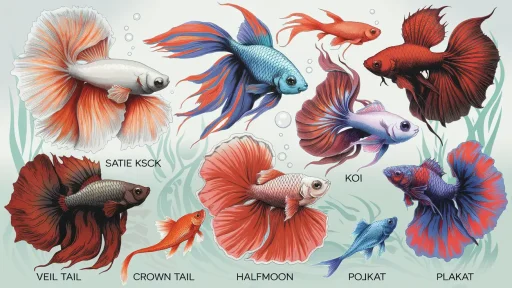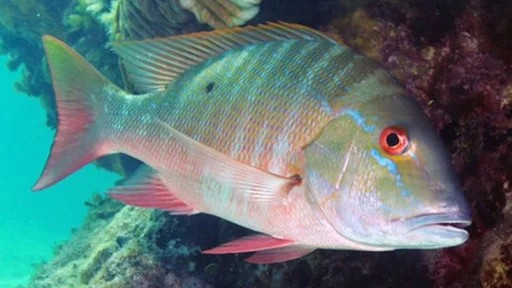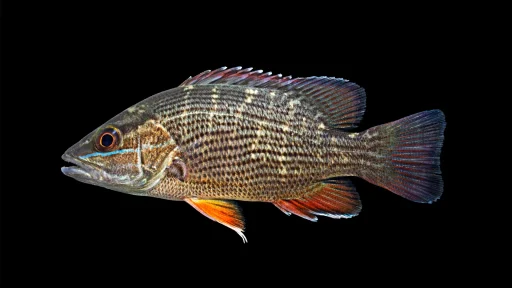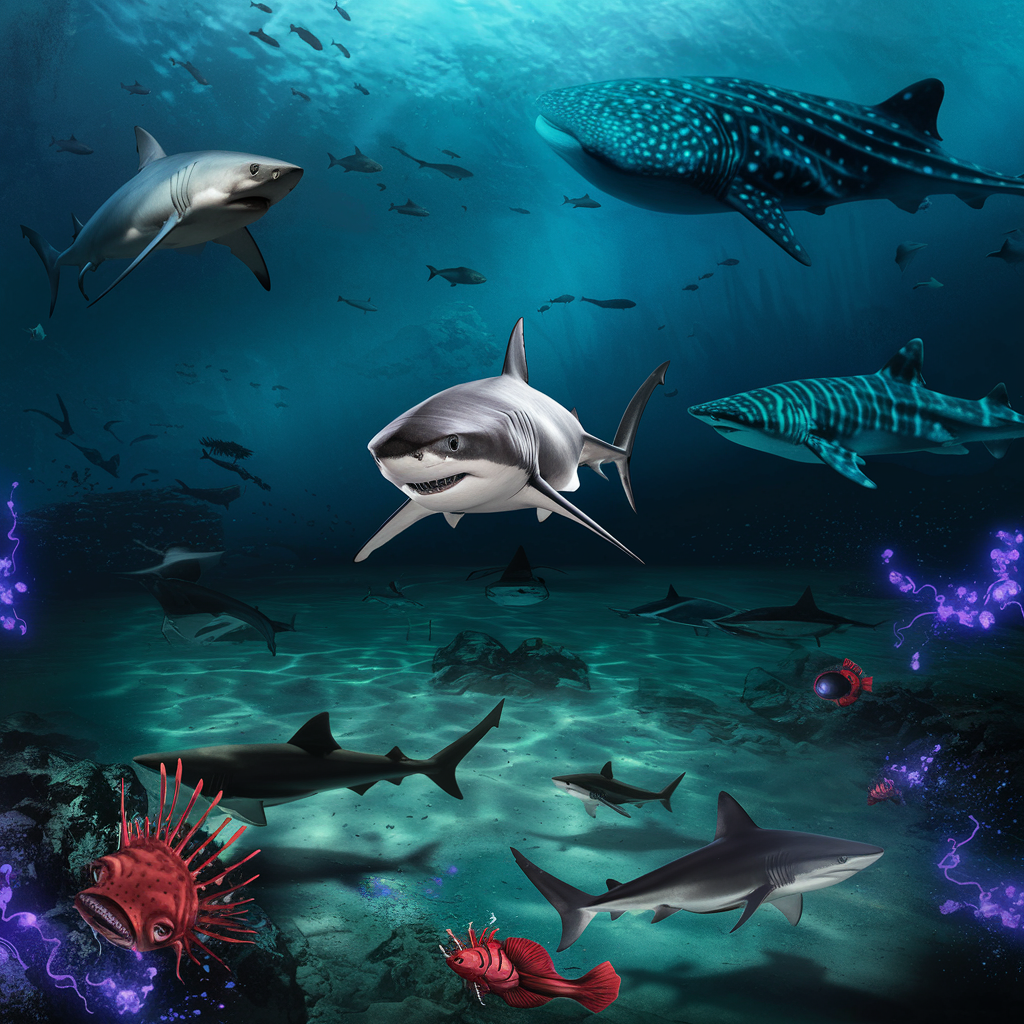
The ocean is a vast, enigmatic realm—a world so captivating that its sheer depth and expanse leave us in awe. From the shimmering surface where sunlight dances across the waves to the pitch-black depths where life clings to the edge of existence, the ocean teems with creatures that seem pulled from the pages of fantasy. Among these residents, fish dominate. How Many Fish Are in the Ocean? This question, one that has perplexed scientists for decades, offers no simple answer. With millions of species spread across countless ecosystems, pinpointing the number of fish in our oceans is like trying to count sand grains in a desert.
But why should it matter? Understanding fish populations offers a window into the health of marine ecosystems. It helps regulate sustainable fishing and fuels conservation efforts, which are crucial as we navigate a world of changing seas. Now, let’s dive deep—really deep—into the complexities of fish populations and how we might begin to estimate their numbers.
Understanding Ocean Ecosystems
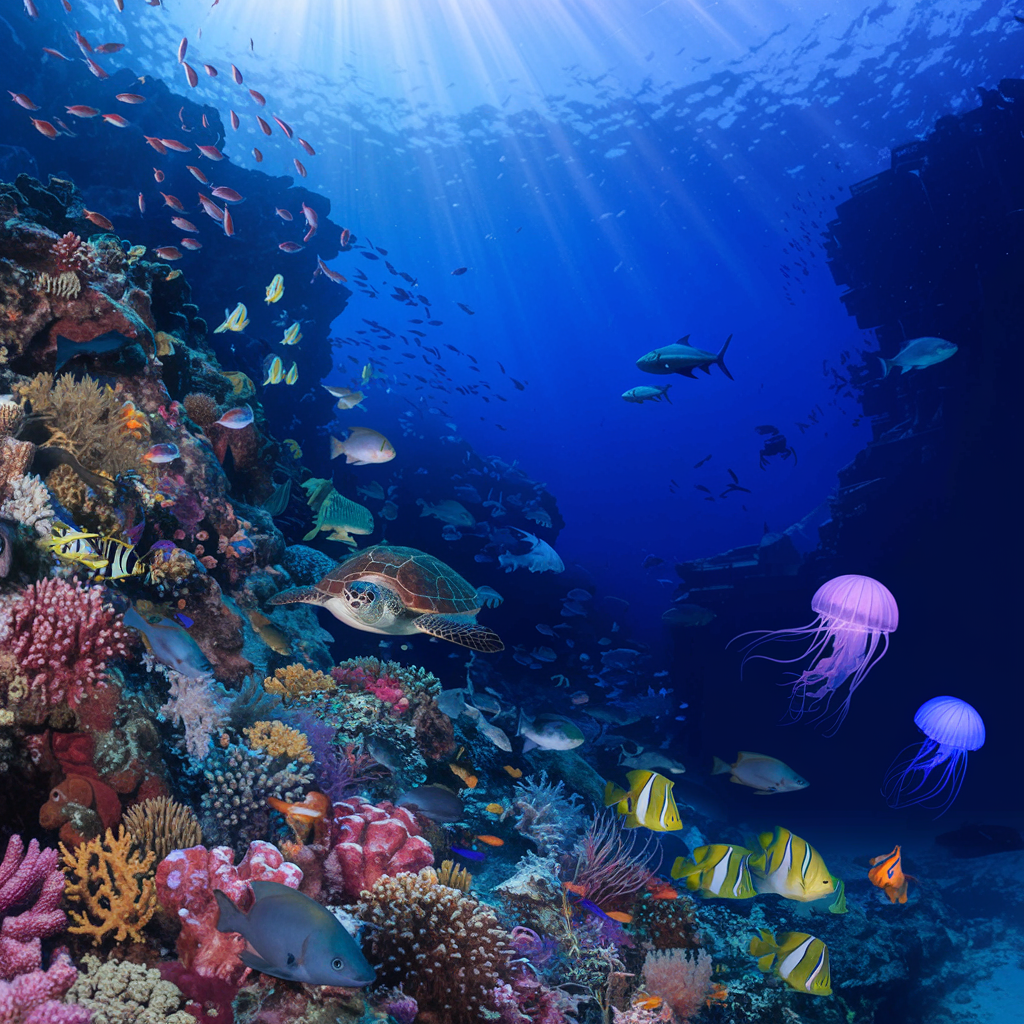
The ocean isn’t one giant bathtub filled with fish; it’s a sprawling collection of ecosystems, each brimming with unique forms of life. Coral reefs pulse with color and activity, while the open ocean appears eerily empty, though beneath its surface, massive schools of fish like sardines and tuna glide together in a rhythmic dance of survival. Coastal mangroves, estuaries, and deep-sea trenches all host distinct populations of fish, from tiny, shimmering baitfish to massive predators that rule the food chain.
Imagine each ecosystem as a bustling city, full of neighborhoods, all with different residents. In this metropolis of the sea, fish play diverse roles, each ecosystem contributing to the vast, interconnected web of marine life.
Why Is It So Hard to Count Fish?

Picture the ocean as an endless expanse of water, much of it unexplored and teeming with life that remains hidden from view. Fish don’t stay put; they move, they migrate, they dive to depths unreachable by most modern equipment. Their world is dynamic—constantly shifting as they follow food sources, escape predators, or breed in mysterious locations. The deep sea, a realm of shadows and cold, is largely uncharted territory, making it even more difficult to tally its inhabitants.
Fish populations fluctuate with the seasons, react to changes in water temperature, and are influenced by natural and human-made factors. Trying to count fish is like attempting to track every raindrop in a storm—you might catch a few, but the whole picture remains elusive.
Methods for Estimating Fish Populations
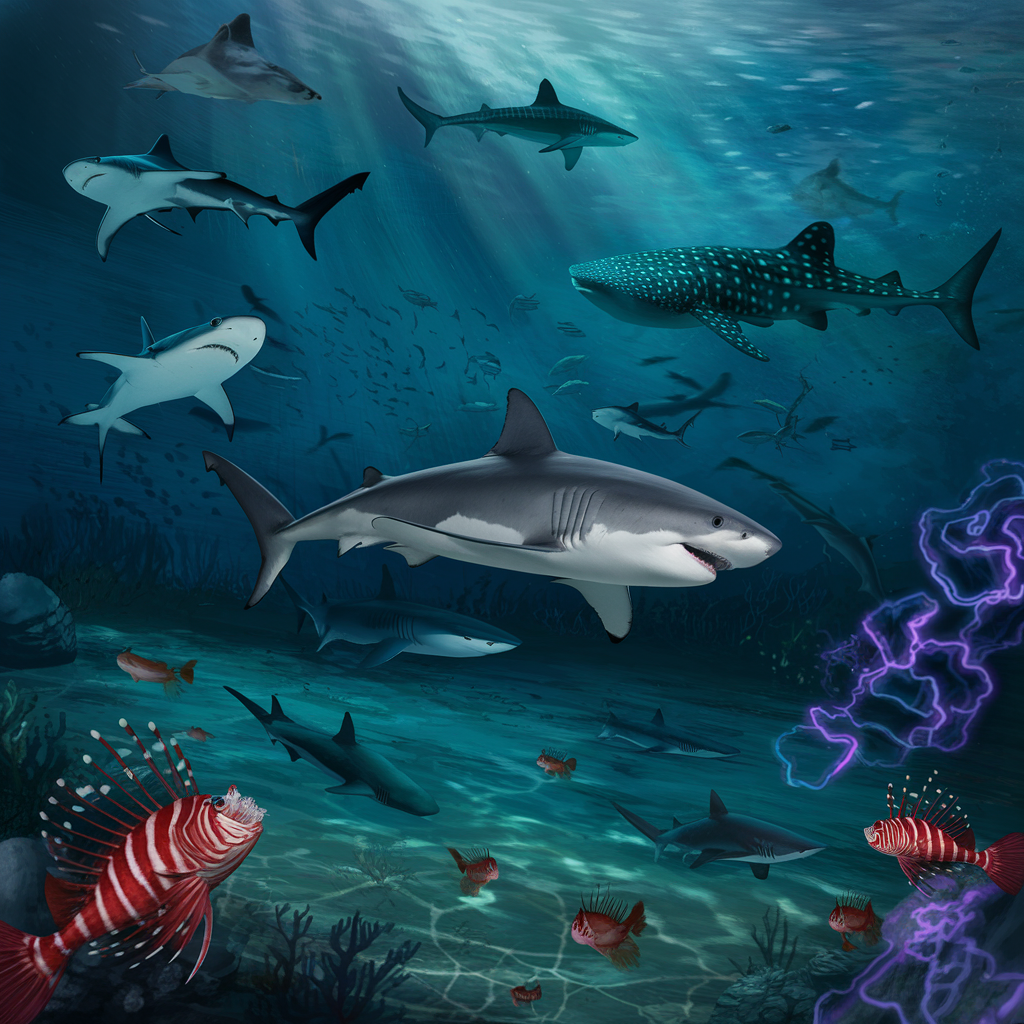
Yet, despite the odds, scientists persist in their efforts to estimate fish populations. Tagging and tracking are one way; by placing tiny devices on individual fish, researchers can monitor their movements, migration patterns, and behaviors over time. Hydroacoustic surveys—using sound waves to detect fish in the water—are another technique, sending pulses through the ocean to reveal schools of fish hidden below. Satellites offer a bird’s-eye view, helping scientists understand fish distribution on a global scale, though even the most advanced technology struggles to capture the full scope of life beneath the waves.
The Role of Fisheries and Conservation Efforts
Fisheries—both friend and foe to fish populations—hold a significant role in managing marine life. On one hand, they provide a valuable food source and economic benefit. On the other hand, overfishing can push species to the brink of extinction, leaving behind a ghostly silence where vibrant life once thrived. Sustainable fishing practices, like setting catch limits or establishing protected zones where fish can reproduce in peace, are vital. Without them, the oceans could be fished dry, leaving future generations with nothing but memories of the abundance we once took for granted.
Global Fish Population Estimates
Let’s get down to the numbers—or, at least, an approximation. Some studies suggest that there may be as many as 3.5 trillion fish swimming in the ocean. This estimate, while staggering, is subject to change based on factors like temperature shifts, ocean currents, and food availability. Some areas teem with life, while others are seeing their fish populations dwindle, leaving certain ecosystems vulnerable and out of balance.
Fish in Different Ocean Zones
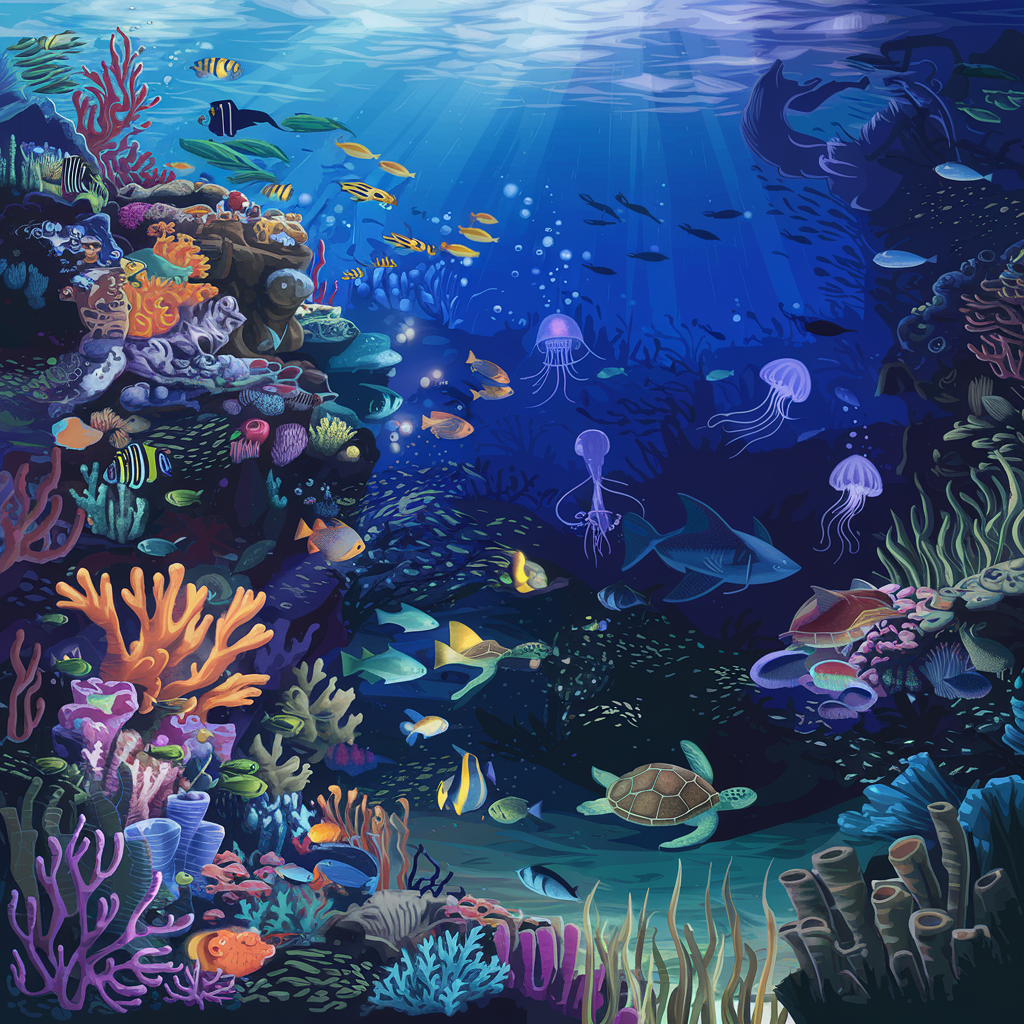
Not all fish live in the same part of the ocean. Depending on the species, fish inhabit different layers, each zone offering its own unique environment:
- Epipelagic zone (surface to 200 meters): The sunlit zone where most commercial fish like tuna and sardines thrive.
- Mesopelagic zone (200 to 1,000 meters): The “twilight zone,” home to species like lanternfish that glow in the darkness.
- Bathypelagic zone (1,000 to 4,000 meters): The world of deep, cold waters where strange creatures like the anglerfish lurk.
The Most Populous Fish Species
When it comes to sheer numbers, one fish reigns supreme—the bristlemouth. This tiny, almost invisible fish is believed to be the most abundant vertebrate on the planet, with trillions of them inhabiting the ocean’s depths. Meanwhile, schooling species like sardines and anchovies also contribute heavily to the ocean’s fishy population, often traveling in enormous groups that blanket the sea.
Commercially Important Fish Species
Fish like tuna, cod, and salmon not only provide vital nutrients to ecosystems but also play a major role in global economies. These species are the backbone of commercial fisheries, feeding millions of people worldwide. However, the high demand for these species has led to overfishing, with efforts now focused on managing their populations more sustainably to avoid collapse.
The Importance of Fish in the Marine Food Chain
Fish aren’t just an important food source for humans; they are vital links in the marine food chain. Predators like sharks and larger fish depend on smaller fish for survival, creating a chain reaction when populations are depleted. Disrupt one link, and the entire chain risks falling apart, leaving ecosystems unbalanced and struggling to recover.
Are Fish Populations Declining?
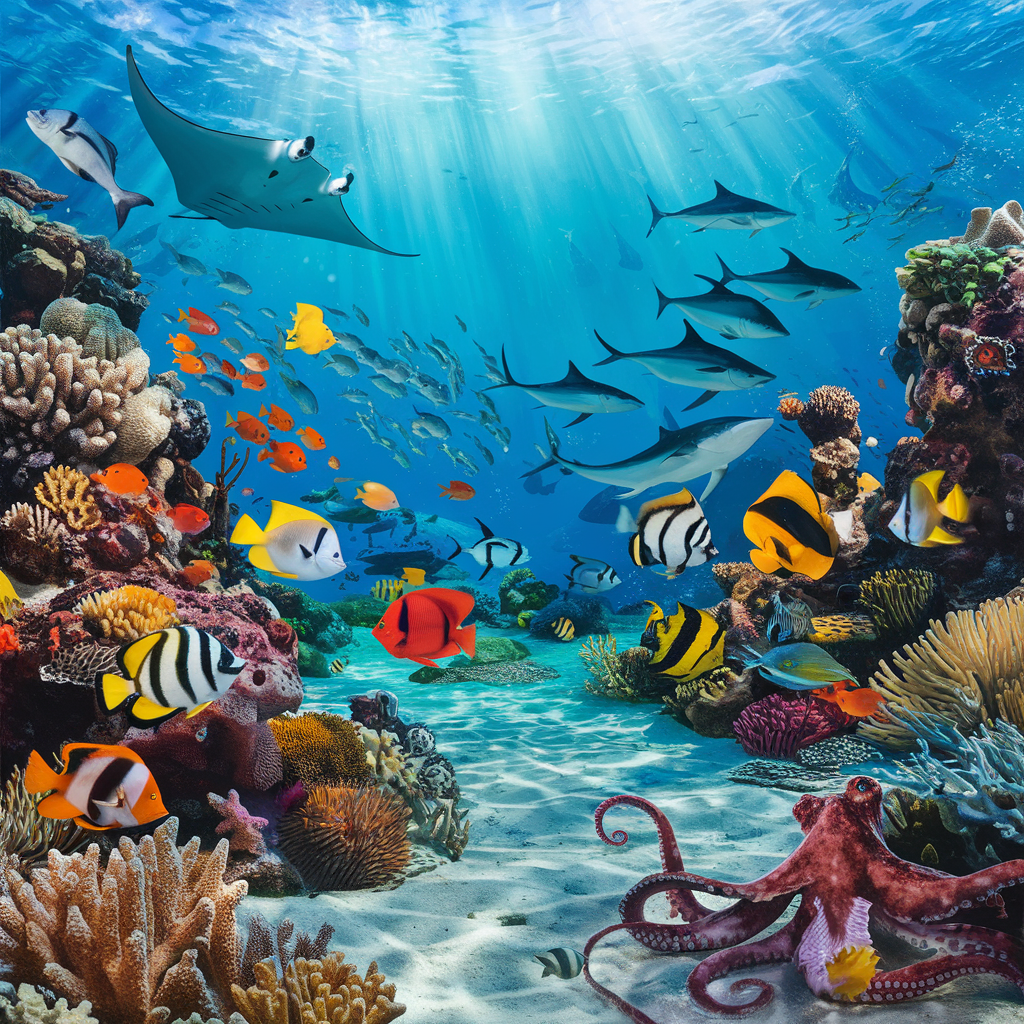
Unfortunately, the answer is yes. Many fish populations are in decline, driven by overfishing, pollution, habitat loss, and climate change. Around 90% of the world’s fish stocks are either fully exploited or overfished, signaling a crisis that requires immediate attention. Without intervention, we could face empty oceans within our lifetimes.
The Role of Marine Conservation
Thankfully, marine conservation efforts are making a difference. From creating marine reserves to enforcing stricter fishing regulations, these initiatives are helping protect fish populations and ensure that our oceans remain vibrant with life. Conservation isn’t just about saving fish; it’s about preserving the delicate balance that keeps our oceans, and ultimately our planet, healthy.
How Many Fish Are in the Ocean?
The ocean’s fish populations are vast, complex, and still largely a mystery. While we may never know the exact number of fish in the sea, what we do know is that their importance cannot be overstated. They are the lifeblood of marine ecosystems, the foundation of the food chain, and crucial to human survival. As we continue to explore and study these magnificent creatures, conservation efforts become all the more critical. Without them, the oceans—and life as we know it—could be forever changed.
Read More:
Dorado Fish Decoded: Unveiling the Secrets of This Ocean Acrobat
Grouper Fish: The Giant of the Reef and Its Crucial Ecological Role
TriggerFish: The Ocean’s Living Locks and How They Got Their Name
Colonel Fish: Unraveling the Secrets of This Unique Marine Species


